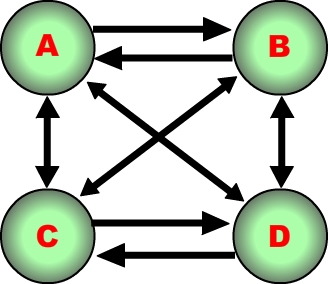






"You need to flip between different specialists, but show you know what you’re talking about. Sometimes this requires simplifying information, other times you need it to sound complex." Simon, BSc ergonomics
Since ergonomics and usability are subsumed by the broader category of user centered design, and because that in turn spreads itself into the practices of many other disciplines, both fields can be considered truly interdisciplinary.
Ergonomists and usability experts tend to hold various undergraduate degrees, and often apply the skills and knowledge of user centered design in specialized fields. Medicine, healthcare, graphic design, architecture, engineering, and psychology are just some of the typical domains that the two fields cross into. But given that every profession has its workplace, tools and in most cases interfaces (digital or otherwise), the two user-centered professions further cross into many other domains.
What this means, is that even if someone isn't fully trained as an ergonomists, interaction designer, or information architect, they can still practice elements of user centered design in their fields. Of all the efforts to publicize ergonomics and usability, this interconnectedness is by far the most successful; at least among professionals.
Further still is the broader implication that you must look at many disciplines at once to get a complete picture, in what is known as "Macroergonomics" or "Systems Design"